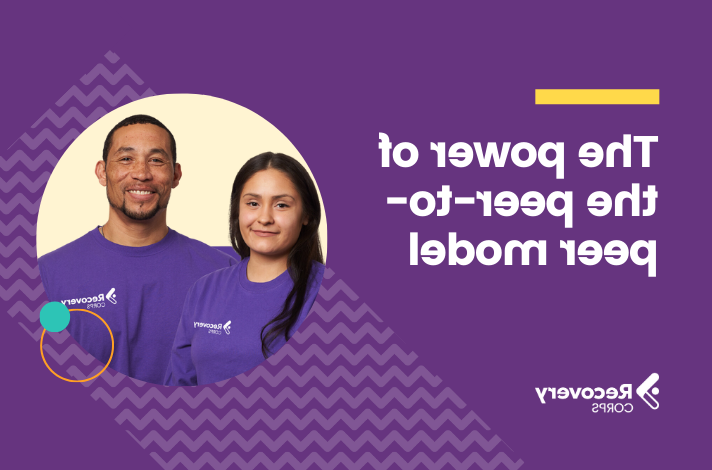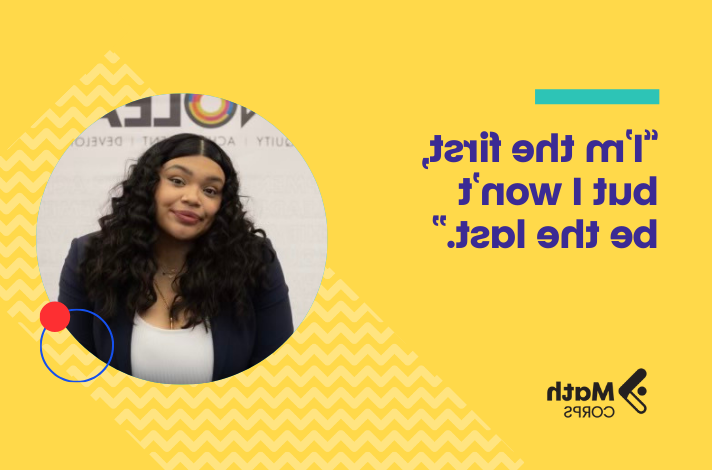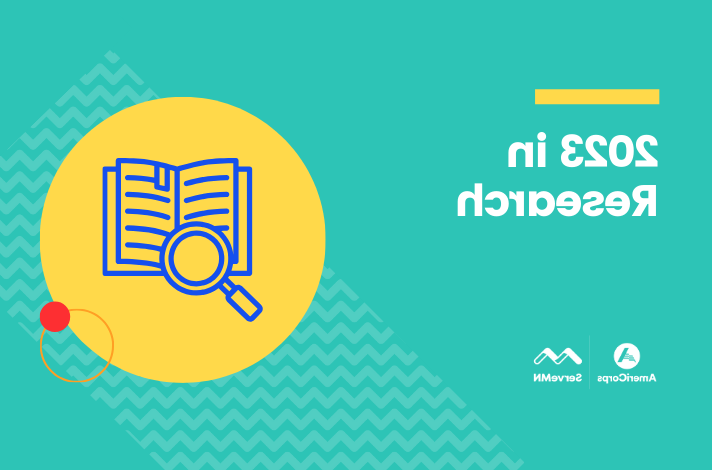The first 1-2 years of recovery are the most precarious. It’s when people in recovery are likeliest to return to substance use – about a third of people make it through that first year. People who have been through that year know how isolating and challenging it can be. And approximately 300,000 people in Minnesota have been through that first year or are currently in it.
Knowing how high stakes early recovery is, we set out in 2016 to create a program to help make that first year of recovery easier. Working with leading research partners, we created a program that helps fill in the gaps of existing systems. Here’s how we collaborated with those research partners over the past five years to build and improve our program model.
Why peer support is so important
Early years of recovery aren’t just stressful – they change the brain. Ending substance use causes the brain to have a two-fold reaction: it simultaneously becomes more sensitive to stress and less able to experience reward. So if something stressful happens during your first year of recovery, odds are you might need more support to get through it.
Having that support is something Dr. John Kelly, a Harvard researcher who founded the Recovery Research Institute, calls “recovery capital”. Recovery capital includes any resource that helps support someone’s recovery – housing, employment, social connection, etc. In the recovery community, it’s a well-known and respected metric used to help measure and support recovery. He’s shown how social support can help buffer the neurological stress of that first year and that peer support is a key part of recovery capital.
Our collaboration with Dr. Kelly helped shape Recovery Corps – peer support and recovery capital are at the heart of the model. Recovery Corps members are there to guide people in recovery through that very vulnerable first year and beyond. With expert training from Minnesota Recovery Connection, they increase recovery capital by helping people in recovery make plans, get emotional support, and access the resources they need.
Digging into the data
Recovery Corps’ first year was just the beginning. Each year since then, we’ve used evaluation and community feedback to gradually improve the program (as we do with many of our programs). Evaluation helps us to catch anything that’s not working and build on things that are.
Each evaluation needs a performance measure, and for Recovery Corps, we had one ready: recovery capital. Measuring recovery capital was challenging, since recovery support is intangible. Ultimately, we started using an existing self-reported recovery capital assessment called the Brief Assessment of Recovery Capital (otherwise known as the BARC-10). People served by Recovery Corps members take the BARC-10 regularly, in addition to other surveys that help assess self-esteem, self-efficacy, and level of craving. All of this helps Recovery Corps members to work closely with people in recovery to navigate barriers and set goals that draw on their strengths.
We’ve found that Recovery Corps increases recovery capital. The change from the beginning of the year to the end for participants is often dramatic, as shown by the below chart showing recovery growth across program years. If people served by Recovery Corps members come back for more than one visit, recovery capital increases more.

Above: Recovery Capital Growth for program year 22-23. Orange represents participants’ average starting recovery capital and teal represents their average ending recovery capital.
Building national evidence for peer support
Recovery peer support is still relatively new, so there’s little research showing how powerful it is. Building a national evidence base helps improve peer recovery programs like Recovery Corps, of course. But it also helps all peer support recovery programs to access government and private funding – allowing more programs to exist in Minnesota and across the country.
That’s why we carefully collect data: not only to improve the program, but to contribute to the national recovery research landscape. A big part of that is providing high-quality assessment data to researchers.
The Butler Center for Research, another of our research partners, has collaborated with us on our assessment data collection. They’ve taken a careful look at our process to make sure we’re collecting high-quality data. Butler helped identify changes to improve the evaluation process, including digitization, collecting feedback from sites, and following up with Recovery Corps members after their service.
We’re also working with leading recovery researcher Dr. David Best, who is studying the impact Recovery Corps has on Recovery Corps members themselves, who are in their own recovery. He predicts that Recovery Corps may positively impact the recovery capital of Recovery Corps members, too, not just the people they serve.
Six years into Recovery Corps, we’ve built a program that is a strong support for people struggling with substance use disorder. It wouldn’t have been possible without the research partners that help us build the program and improve it over time.
Interested in research on recovery? Check out the Recovery Bulletin from the Research Recovery Institute.
Interested in serving with AmeriCorps? Learn more about Recovery Corps. If you’re not sure which program you’re interested in, learn more about our programs and reach out to our recruitment team.






